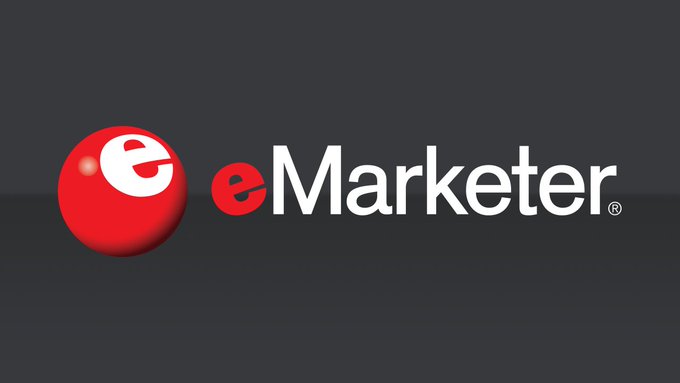Article by Victoria Petrock
Source: www.emarketer.com, January 2021
By conservative estimates, LGBTQ+ individuals make up approximately 4.5% of the US population, but account for 8%—approximately $1 trillion—of the country’s disposable income, according to a 2020 report from Kearney. In a recent analysis, the consulting firm reported that households with LGBTQ+ couples have higher median household incomes ($92,000 versus $86,000) and higher percentages of dual employment (61% versus 50%) than households with non-LGBTQ+ couples. They also account for a higher percentage of households with incomes over $100,000 (46% versus 42%).
LGBTQ+ consumers also are more likely than members of other groups to seek out brands that represent and include them, to reward those that show sustained support of LGBTQ+ friendly media and causes, and to remain loyal to brands that are loyal to them. A May 2019 survey by YouGov found that LGBTQ+ consumers were more apt than their non-LGBTQ counterparts to consider buying a product from a company running an ad featuring a same-sex couple. And in its “14th Annual LGBTQ Community Survey,” Community Marketing and Insights (CMI) found that 72% of LGBTQ respondents were more likely to purchase from companies that advertised in LGBTQ digital and print media.
Brands miss the mark
Despite these insights, many brands miss the mark when engaging with LGBTQ+ consumers. Some are “not sold on the importance of building bridges to the LGBTQ+ community,” according to Corey Chafin, the Kearney report’s author and a principal in the firm’s Consumer Industries and Retail Practice Group. Others–sometimes inadvertently—exclude, misrepresent, and stereotype LGBTQ+ people and make halfhearted attempts to reach them. A 2018 report by Hornet and Kantar found that ad revenue targeted at this diverse, growing community remains a fraction of that devoted to reaching other minority groups. These brands are “potentially jeopardizing millions—and possibly billions—of dollars,” in business, Chafin said.
But winning over the LGBTQ+ community is complicated and involves much more than portraying LGBTQ+ people in ads, paying lip service to LGBTQ+ causes, or churning out rainbow-themed products in June. “It is not enough to put a rainbow on a product and call it a marketing strategy,” Sarah Kate Ellis, president and CEO of GLAAD, an organization that works to counter discrimination against LGBTQ+ individuals and promote acceptance in the media, told Think with Google in 2019.

